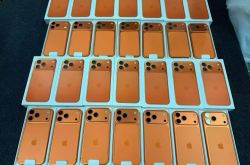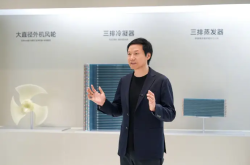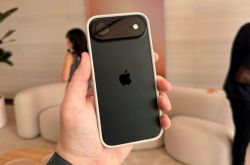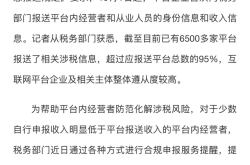Apple's Latest Innovations: Focus Shifts to AI Glasses, Vision Pro's Future Uncertain
![]() 03/17 2025
03/17 2025
![]() 431
431
Apple
Recently, Bloomberg's Mark Gurman shared insights into Apple's latest advancements in smart glasses and wearable technology in his Power On newsletter.
According to Gurman, Apple initially aimed to create augmented reality (AR) glasses that would serve as an external display for Macs. However, this project was shelved earlier this year. Now, the company is redirecting its efforts towards developing standalone AR glasses that are lightweight, integrated with AI, and suitable for everyday use. It's estimated that it will take another three to five years to overcome the associated technological hurdles, necessitating patience from enthusiasts.
In addition to AR glasses, Apple is developing a pair of glasses akin to Meta's Ray-Ban style. While not a true AR device, they are said to be equipped with AI, microphones, and cameras, giving them a tech-savvy edge. Gurman suggests that if Apple leverages its design prowess, offers audio quality comparable to AirPods, and seamlessly integrates the product with the iPhone, these glasses could become a market sensation.
Regarding Vision Pro's future, Gurman believes a new version is unlikely to be released in 2025. As he has repeatedly noted, Apple has essentially restarted its efforts in this field. All indications suggest that Apple's Vision Products Group is reallocating resources towards other product lines.
Vision Pro, despite being Apple's most heavily invested product, has underperformed in the commercial market, making it seem like a "cautionary tale" in business. Does this mean Vision Pro will fade away?
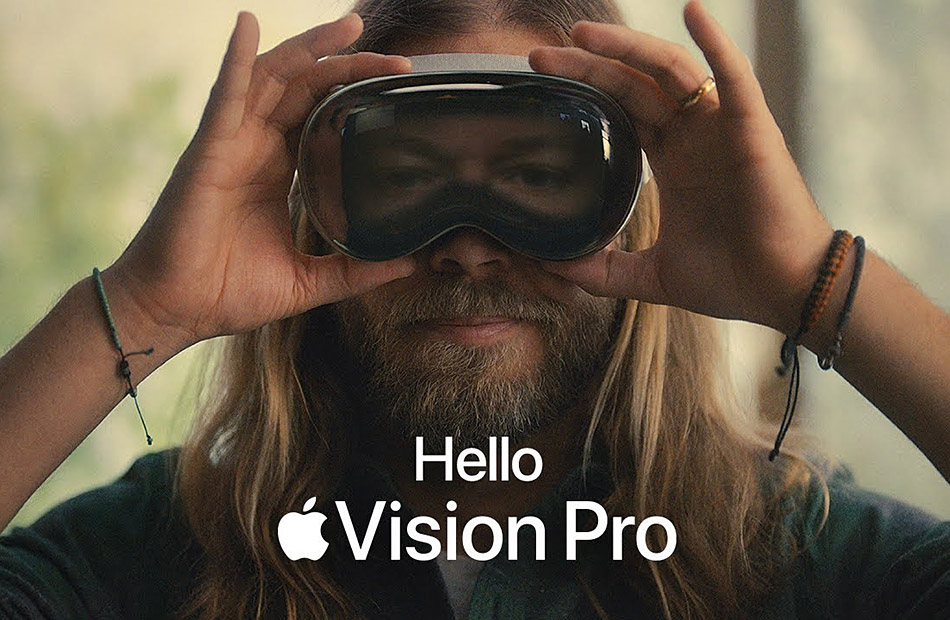
Will Vision Pro Disappear?
Vision Pro represents Apple's ambitious foray into the VR space, featuring impressive technological innovations and user experiences. However, its starting price of 30,000 yuan is deemed too "unattainable," deterring many potential consumers. As Apple's first mixed reality headset, Vision Pro has faced its own set of "growing pains," including the lack of killer apps, its heavy weight, and short battery life.
Market data also paints a challenging picture for Vision Pro. In October 2024, Silicon Valley tech media outlet The Information revealed that Apple had significantly cut down on Vision Pro production since the beginning of the year and might even halt production entirely by the end of 2024. A research firm estimates that Apple sold only 370,000 Vision Pros in the first three quarters of 2024, far short of the projected sales of 700,000 to 800,000 units. The Daily Mail also reported that an employee from Luxshare Precision disclosed that Apple had notified them to prepare for potential production cessation by the end of November last year, resulting in a reduction of Luxshare Precision's assembly output from 2,000 pieces per day to 1,000 pieces.
Meanwhile, competitors are actively exploring new territories. For instance, Samsung plans to launch its XR headset in the third quarter of 2025, boasting a higher-resolution micro-OLED display panel despite a limited annual production volume of 100,000 units. Meta's Quest 3 series has also achieved strong sales due to its affordable price and decent performance, further pressuring Vision Pro.
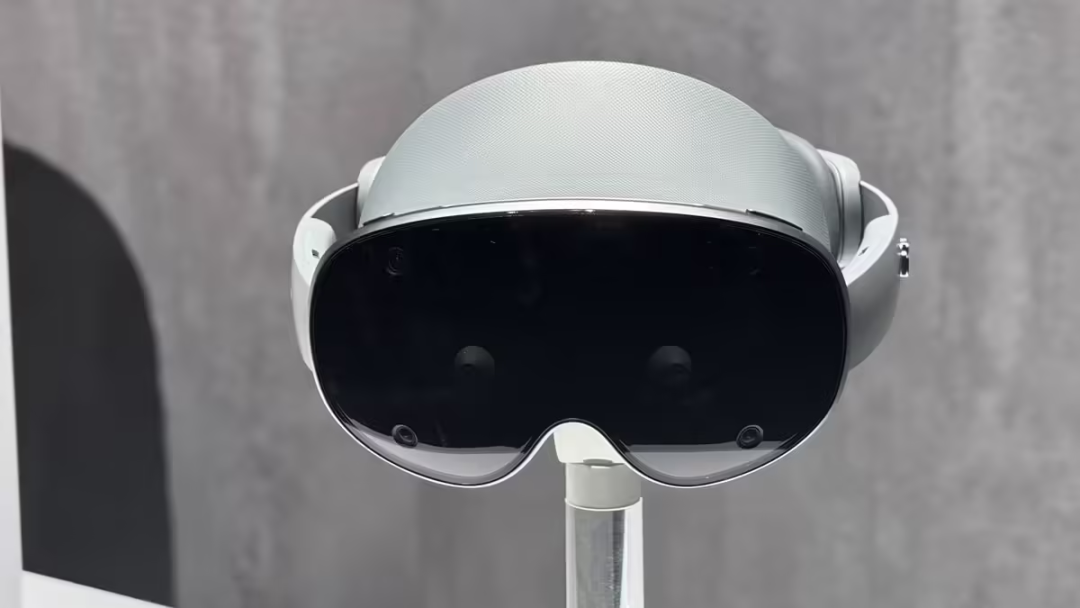
Despite Vision Pro's setbacks, Apple doesn't seem ready to abandon its VR aspirations. Despite persistent rumors of production cessation, Apple is still progressing with its Vision Pro strategy. For instance, it has collaborated with luxury brands like Gucci and Balenciaga to create unique digital experiences, hinting at a new path for Vision Pro.
In terms of applications, Vision Pro continues to expand its horizons. Developer Matthew Hoerl has introduced "Talking Heads: 3D Chat," an engaging application for Vision Pro that allows users to engage in round-table discussions with historical figures like Einstein and Da Vinci in an immersive environment. The initial character lineup includes scientists, artists, and activists such as Einstein, Edison, Gandhi, Napoleon, Da Vinci, and Lincoln, with future updates promising to add figures like Marie Curie, Cleopatra, Amelia Earhart, and Aristotle.
Isn't it like having historical figures materialize before your eyes?
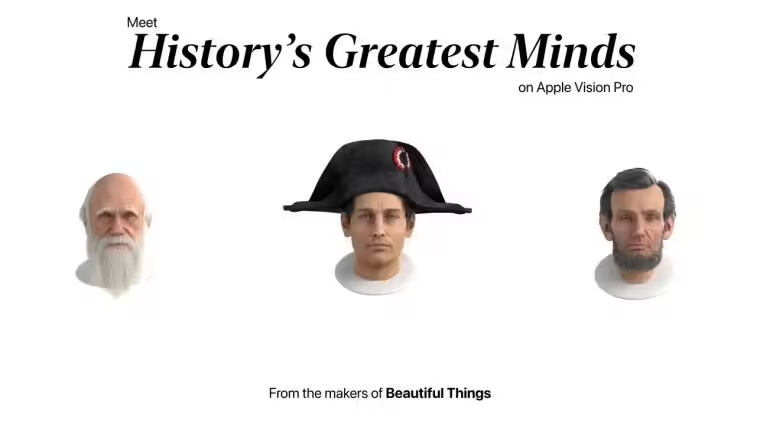
Moreover, Apple has acknowledged Vision Pro's shortcomings and is preparing a "budget version," planning to utilize Micro OLED displays based on glass substrates. It is also developing future iterations powered by the new generation of M-series chips and exploring more affordable options.
Apple certainly won't let Vision Pro fade away, given the significant resources already invested. The company will continue to update visionOS, with the upcoming visionOS 3 expected to be a feature-rich release, according to Gurman.

While Vision Pro is currently facing challenges, its future remains promising. After all, Apple's iPhone didn't revolutionize the market overnight. The budget version of Vision Pro and smart glasses could potentially surprise the market and become the next big thing.
Unveiling Apple's "Mysterious" AR Glasses
Next, let's delve into Apple's AR glasses, a subject that has consistently generated buzz in the tech world. Rumors of Apple developing smart glasses have circulated periodically, with speculated release dates ranging from 2025 to 2030, reflecting a degree of uncertainty. However, Apple has yet to make any official announcements, with only whispers of internal testing and conceptual designs emerging.
Despite the apparent lack of major public moves, Apple has been quietly making strides behind the scenes. Its patent filings offer a glimpse into its technological layout and reserves in the smart glasses domain.
In January this year, Apple accelerated its smart glasses endeavors by filing two consecutive patents, potentially hinting at a triple display system featuring a low-resolution secondary screen for previewing information and a high-resolution main screen for immersive interaction. This system could be utilized in various scenarios, such as health monitoring, FaceTime emotion visualization, and precise object detection.
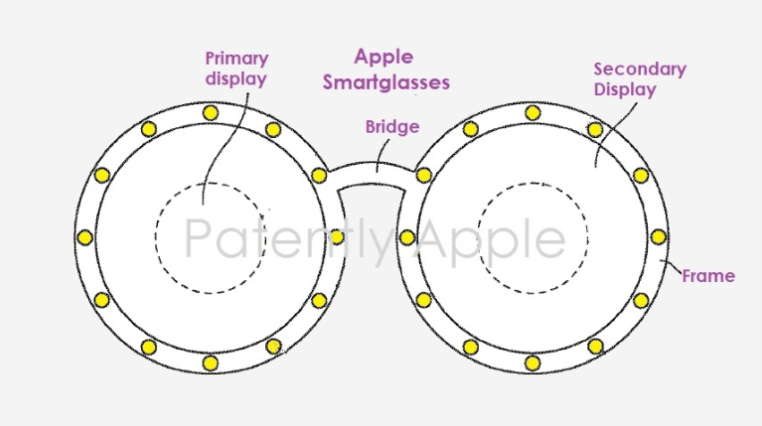
Last July, Apple obtained a new sensor technology that effectively mitigates image distortion in AR glasses by embedding position sensors. Apple's patent explained that changes in the relative orientation between the screen and the waveguide tube could cause image distortion. To address this, Apple uses position sensors to measure the relative position of the display and the waveguide tube, thereby reducing or eliminating screen distortion. Additionally, Apple mentioned that smart glasses might include input and output devices.
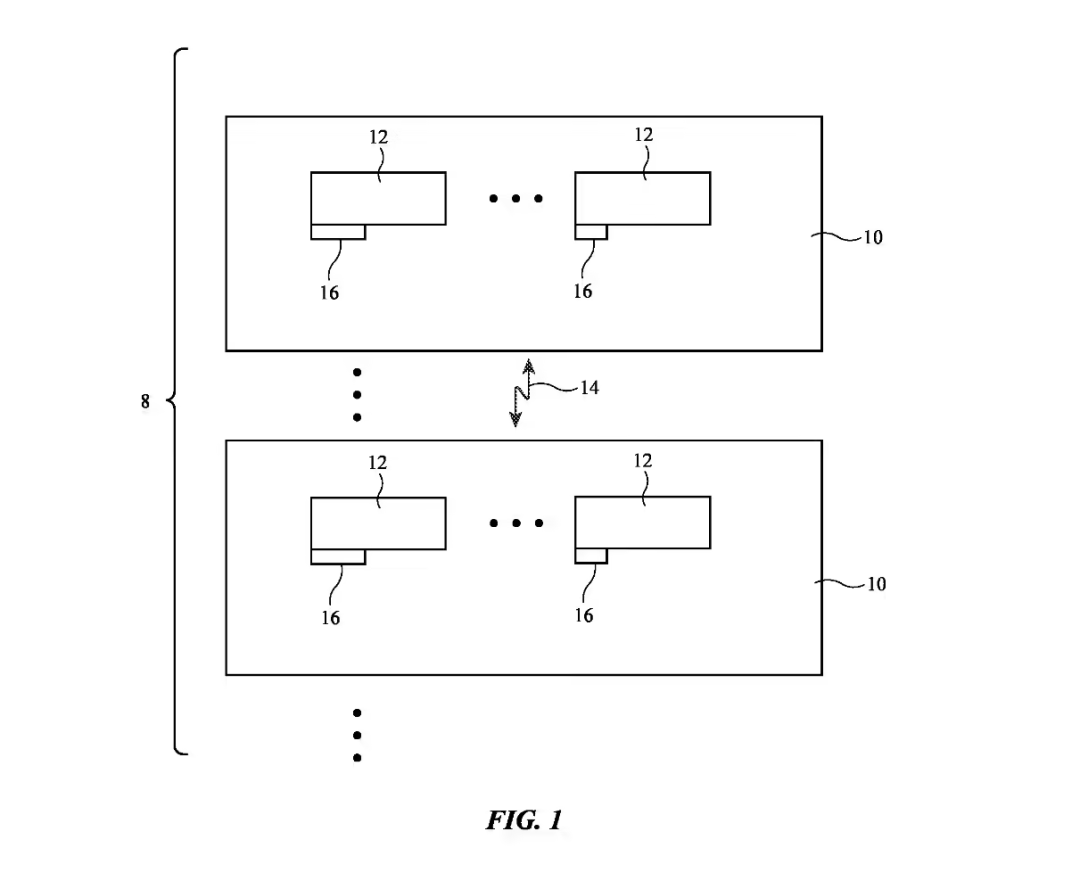
In May last year, Apple filed a patent for a triple display system featuring precise positioning, personalized services, and interactions. This system utilizes a "main and auxiliary dual-screen + LED array" design, providing triple display functionality: the main display offers high resolution for browsing images, watching videos, and complex interactions; the auxiliary display, with lower resolution, initially displays virtual objects and can be taken over by the main display for deeper interactions; the third-level display, in the form of an LED array around the glasses' inner frame, provides basic reminders and instructions, changing colors and blinking modes based on the application context.
In September 2023, Apple secured two more patents related to AR glasses: one for a passive cooling design and another for a digital crown.
The passive cooling patent describes a surface coating of AR glasses with transparent and thermally conductive materials like silver nanowires. This material ensures stable coloring, relatively low cost, and excellent thermal conductivity and transmissivity, efficiently dissipating heat over an expanded surface area. The digital crown patent details the installation of a digital crown on the temple of the AR glasses to facilitate user interaction. The patent notes that besides eye tracking, the digital crown offers another interaction method, allowing users to move or change applications by inputting finger gestures.
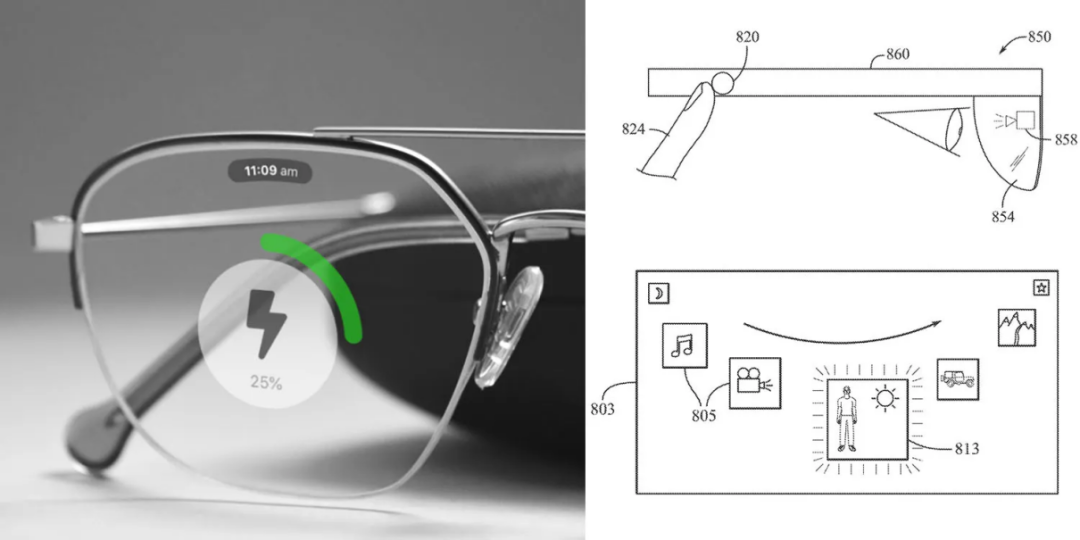
Beyond these, Apple holds numerous other technological reserves in smart glasses. For instance, a patent for a modular design mentions replaceable lenses and temples to cater to different users' prescription needs or activity scenarios. Another patent for a dual-axis hinge mechanism explores a potential hinge design for smart glasses, describing how the hinge allows the temples to move from a folded to a normal position, including an over-extension setting.
In essence, Apple's technological reserves focus on the "impossible triangle" of smart glasses: content, price, and comfort. It's akin to cooking a dish that must be delicious, affordable, and visually appealing. Can Apple achieve this balance? Only time will tell.
Summary
Mark Zuckerberg once bluntly stated that Meta and Apple could be described as "diametrically opposed" companies in many ways: Meta is focused on promoting the mass adoption of XR, while Apple is dedicated to creating top-tier premium products. These strategies align well with their respective corporate positions.
However, Apple seems to be adjusting its strategy, preparing to launch a budget version of Vision Pro and smart glasses.
In this race between "fast and slow" and "affordable and high-end," who will ultimately emerge victorious? Let's wait patiently, as Apple might just surprise us one day.
By Vivi
(Images not marked with a source in the article are sourced from the internet)


